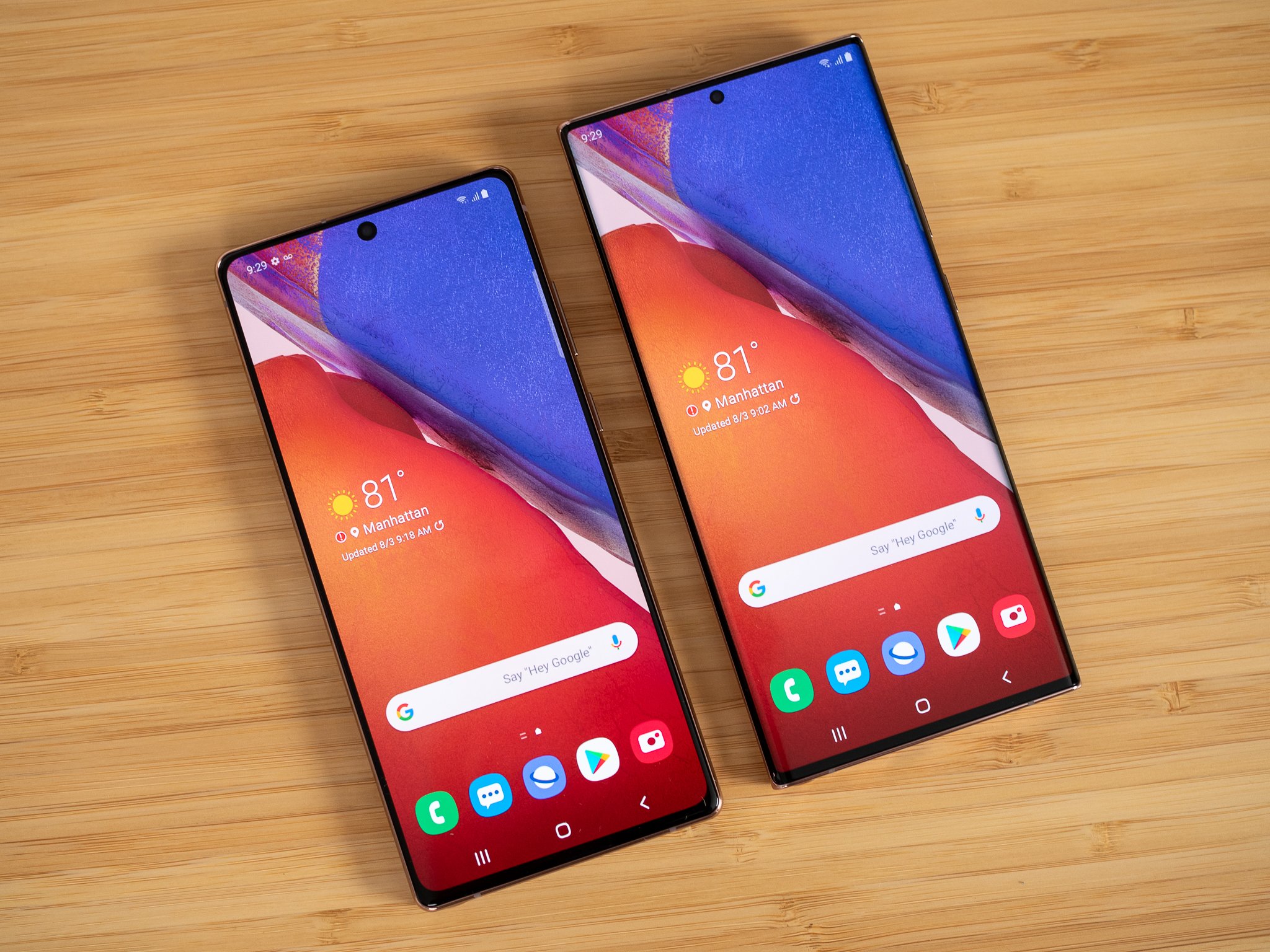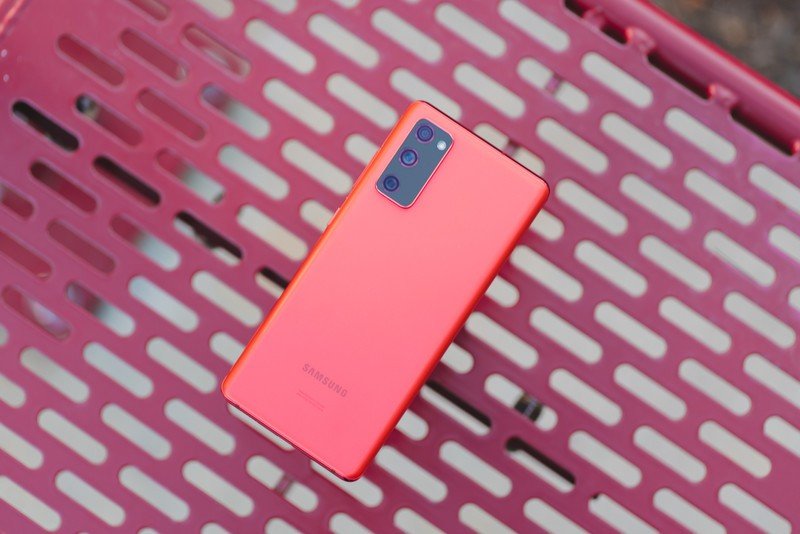The Note 20 FE is going to be a hard sell in a world where the regular Note 20 exists

The Samsung Galaxy S20 FE is on its way to being one of the best phones you can buy in 2020. How that happened is due to a simple formula of keeping most of the specs it needs and taking away in areas like expensive glass and aluminum bodies. The idea is simple enough, though the actual execution probably wasn't so simple.
In the end, Samsung did a great job and anyone looking for a new phone in 2020 should look at the S20 FE first. So can Samsung repeat the success with a Note 20 FE? Maybe.
Yes, the Note 20 FE is already rumored to arrive and that shouldn't surprise anyone. Samsung's Note 10 Lite was a huge success in India and was also profitable in the west. India and North America are two very different markets with a very different buying public. This is reflected when you look at what models are popular and how consumers buy them.
The U.S. and Canada are very big on buying a phone through a carrier using financing options. Other countries like the U.K. for example also sell carrier phones, but here in North America, almost everybody does it that way. This translates into fewer choices because phone makers know there's a much better chance of selling the most expensive model. In most of the world, people pay upfront for a phone or buy on credit through the manufacturer.

When you're paying all at once for anything, you tend to be more value-conscious. This is why companies like Xiaomi, who can still make very high-end phones at a respectable cost, can sell so many phones world-wide. It's also why Xiaomi isn't very relevant in North America, because here it needs help from a carrier. Since carriers aren't bothered about adding new brands when companies like Samsung can make them so much money, Xiaomi is unable to gain any traction.
It's all a cool look at economics and marketing, but what does this have to do with a Note 20 FE? A lot, because what a Note 20 FE will end up looking like depends on where Samsung wants it to sell.
The smaller Note 20 makes it very difficult to build a Note 20 FE that appeals to everyone.
It's a no brainer if Samsung wants the Note 20 FE to be a hit in Eastern Europe and Asia: use the same internals as the "regular" Note 20, get rid of the aluminum midframe, drop the telephoto camera and maybe even the ultra-wide camera, and there is no need for any sort of mmWave 5G. Price it competitively and boom. Much success.
Get the latest news from Android Central, your trusted companion in the world of Android
In the west, it's not nearly as easy. Samsung can drop the extra cameras, but for a phone to be successful (read: be sold at carrier stores) it is going to have to have the whole shebang of 5G on board. That instantly adds $100 or so to the price. The existing Note 20 is already plastic-backed with no SD card, so there isn't much to remove there. Hitting the magic number of $799 is going to be almost impossible.
So you're probably thinking Samsung could just charge $899 and that's fine because a Note is always more expensive than the regular Galaxy S. Enter the standard Note 20 once again that you can buy for $999. Considering that Samsung would have to take hardware features away in any Note 20 FE to price it competitively, how many people would be willing to save $5 per month (based on 24-month financing) to have a phone with fewer features?

The very thing that makes Samsung high-end phones sell well in the west also makes it really hard to build a cheaper Note 20 FE. The only solution I can see is to use weaker hardware. Samsung could offer a 64GB storage/6GB of RAM Note 20 FE that uses a cheaper Snapdragon chip — which means the 700 series since it has to be battery conscious and have 5G everywhere. That would instantly lose the early adopters and cause a bit of internet outrage, but chances are the phone would run just fine for most people, and more importantly, lead to cheaper monthly payments.
One option is to use "lesser" hardware to reach the right price point.
And believe it or not, the carriers would approve. A phone carrier doesn't make a lot of money by selling equipment. That's why they willingly offer zero-interest financing. A carrier makes more money by attracting new customers who make a set payment every month for service. Each time T-Mobile, for example, gains a customer, they do not make any changes to the network infrastructure. That new customer is now free money every month. Eventually, when congestion means equipment upgrades have to happen, the money is there to make the changes because of all those new customers and the investment income that came from their free money.
Being able to show someone a Galaxy Note 20 that saves them $10 per unit every month is a great way to sway anyone buying multiple phones or any sort of value shopper. A $700-800 Galaxy Note FE can do that. An $800-900 Galaxy Note FE can not.
The Galaxy S 20 FE showed us that Samsung is serious about building a cheaper option and that it is very serious about it selling well in the west. If we do see the Note 20 FE, Samsung will have the same goals. How it gets there is going to be really interesting.

Jerry is an amateur woodworker and struggling shade tree mechanic. There's nothing he can't take apart, but many things he can't reassemble. You'll find him writing and speaking his loud opinion on Android Central and occasionally on Threads.
